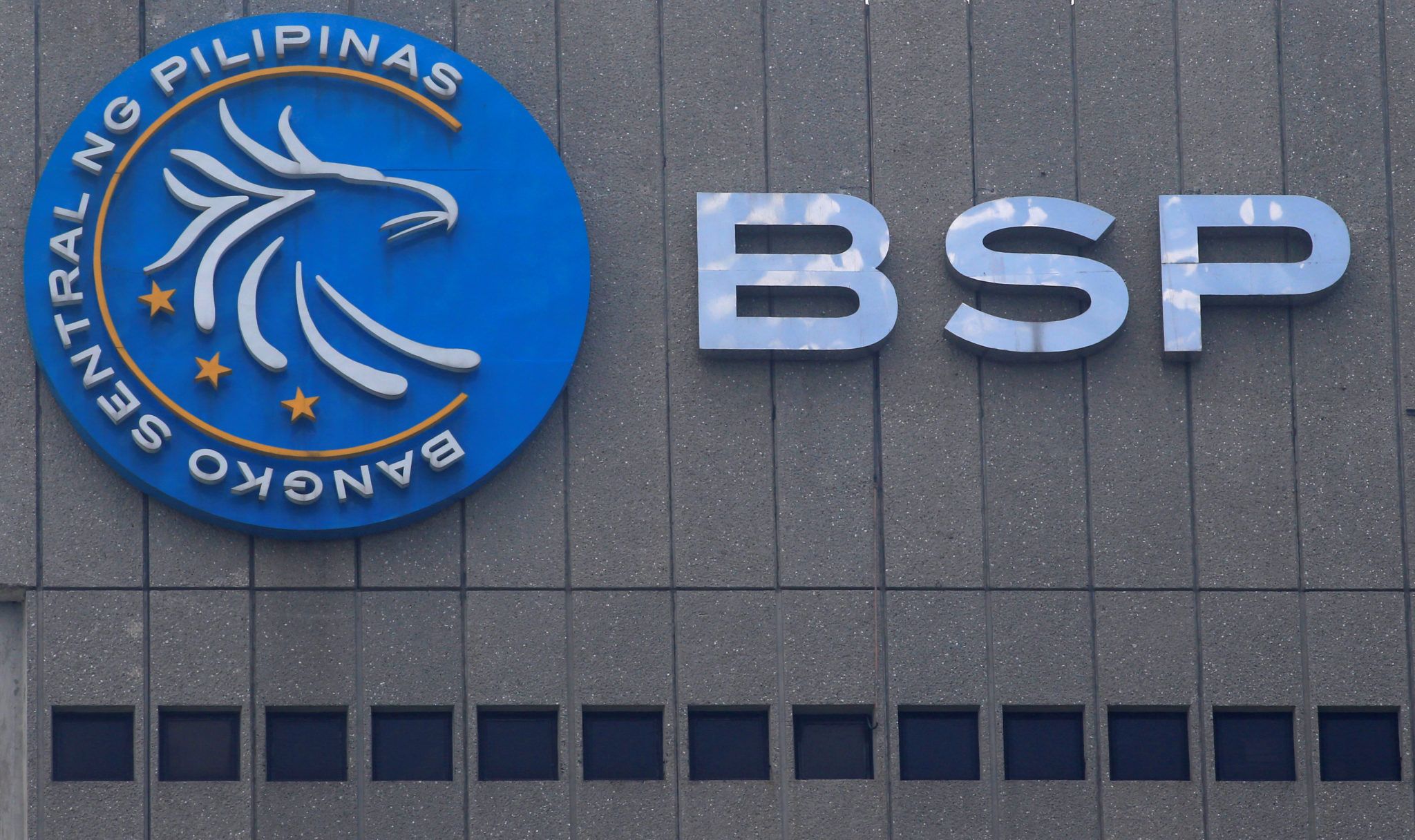The Bangko Sentral ng Pilipinas has waived service fees for the P200 bill in the hope that it could gain wider circulation and acceptance among ordinary Filipinos.
YES, there is a 200-peso bill – but it’s so rarely seen in circulation that some have mistaken it for a counterfeit while some keep it thinking that it is a novelty note.
However, the Bangko Sentral ng Pilipinas (BSP) now hopes that the banknote, which was introduced during the time of President Gloria Macapagal-Arroyo, will gain wider circulation and acceptance.
To encourage a wider circulation of the 200-peso banknote, BSP Governor Benjamin Diokno has announced that the central bank is now waiving its service fees it applies to new and fit 200-peso banknotes.
According to a new memo, the BSP’s cash department will not be charging banks on the service fees of the 200-peso bill for deposit and withdrawal transactions.
Previously, it applied a fee of P40 and P28 respectively for new and fit 200-peso banknotes.
Novelty bill
The P200 banknote, first issued in 2002, is one of the least-used notes out of the six denominations currently circulating in the Philippines.
The banknote has drawn controversy at the time, as it not only shows the portrait of Arroyo’s father, President Diosdado Macapagal, but also President Arroyo herself at the 2001 EDSA 2 Revolution.
The P200 bill is the least-used note in the country, and because of it being rare, people see it as a “novelty bill,” or something that is not essential for everyday use.
Instead, it is something that collectors save or intend for future use.
Currently, the P100, P50, and P20 banknotes are the most circulated bills in the country.
The popularity of the P20 banknote, and consequently its susceptibility to wear and tear, prompted the BSP to issue a coin version.
Consequently, the P20 banknote is not included in the “improved” New Generation Currency (NGC) Series banknotes that were released last year.
Clean Note policy
Last December, the BSP increased its fees on bank deposits and reinstating the fees for withdrawals of cash transactions for its Clean Note and Coin Policy (CNCP) which aims to improve the circulation of fit banknotes.
Charging banks a fee improves circulation of new or fit banknotes and retires unfit banknotes.
In 2019, they strengthened the policy to discourage defacement and mutilation of banknotes and coins. The acts are considered criminal and are actually punishable by a fine of less than P 20,000 and/or imprisonment of not more than five years.
Before the BSP memo on waiving service fees on 200-peso bills, banks rarely had them available in case people wanted to withdraw some, and it could be because of the fees.
Now that they’ve let it go, it would be interesting to see whether or not it would significantly change the notes circulating in the economy nowadays. (MO)
Tags: #BangkoSentralngPilipinas, #banknotes, #money
